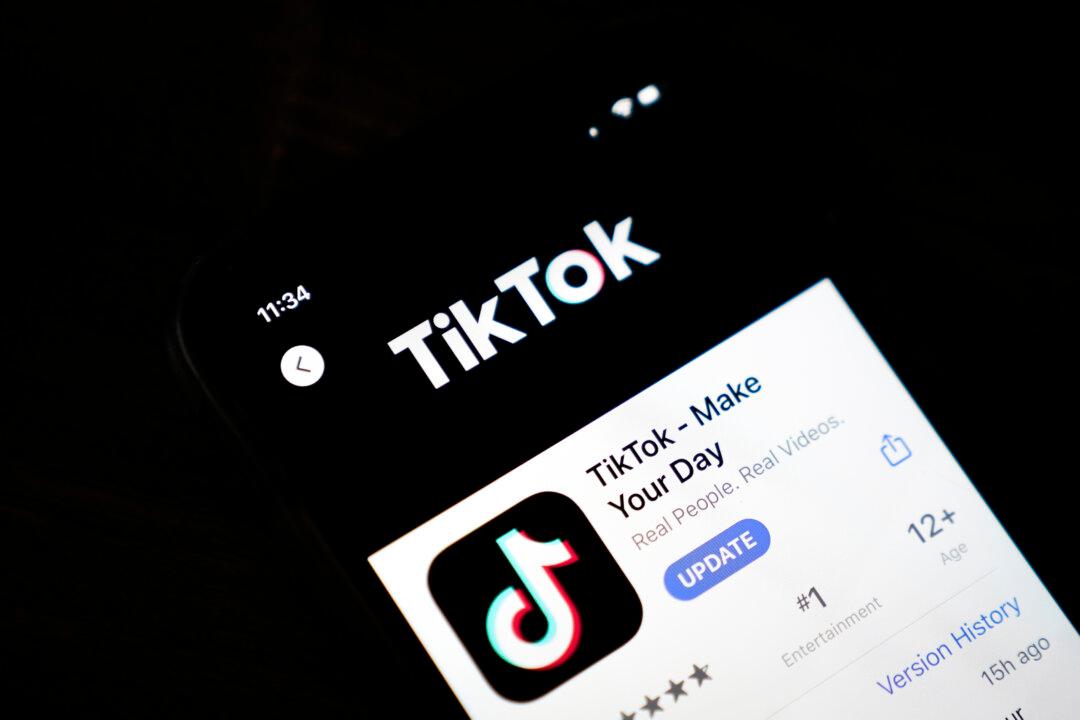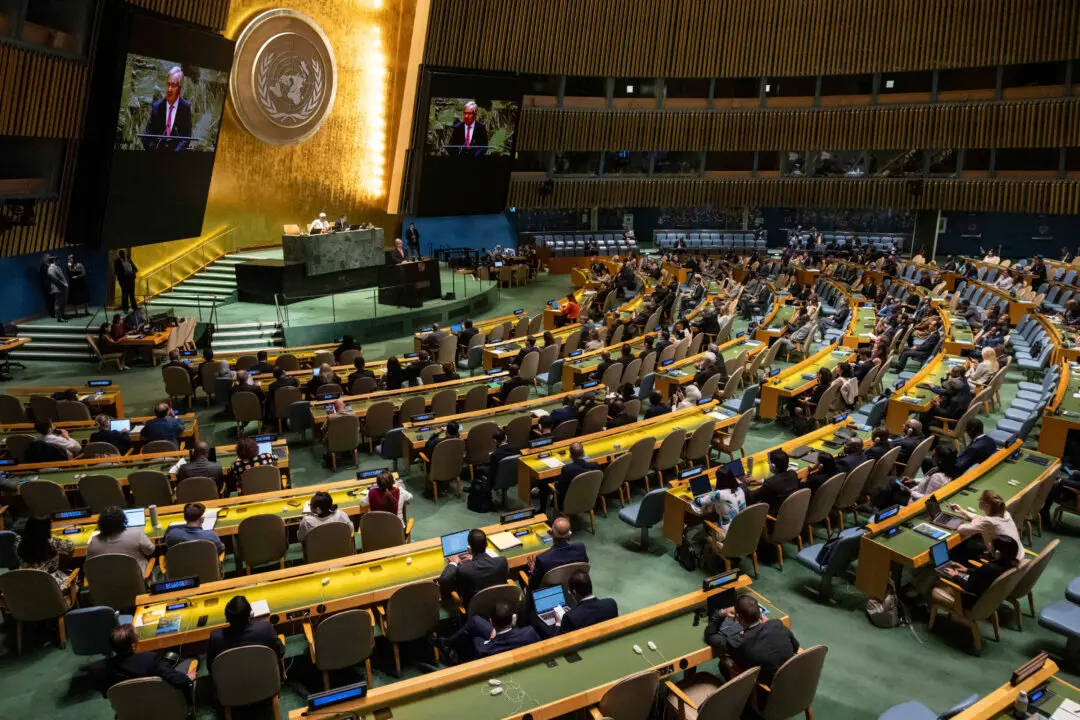Analysts at Bernstein Research are equating social media video app TikTok with drug addiction, warning about a “digital crack epidemic” as competition heats up in the sector.
TikTok has replaced “the friction of deciding what to watch and ‘boring’ status update images” with a “sensory rush of bite-sized videos powered by a Chinese-owned, black-box algorithm,” the analysts said in a research note titled, “Has TikTok ruined the Internet?” according to Business Insider. “The algorithm pushed the most viral content directly to the user delivering endorphin hit after hit with each swipe,” the analysts wrote.





